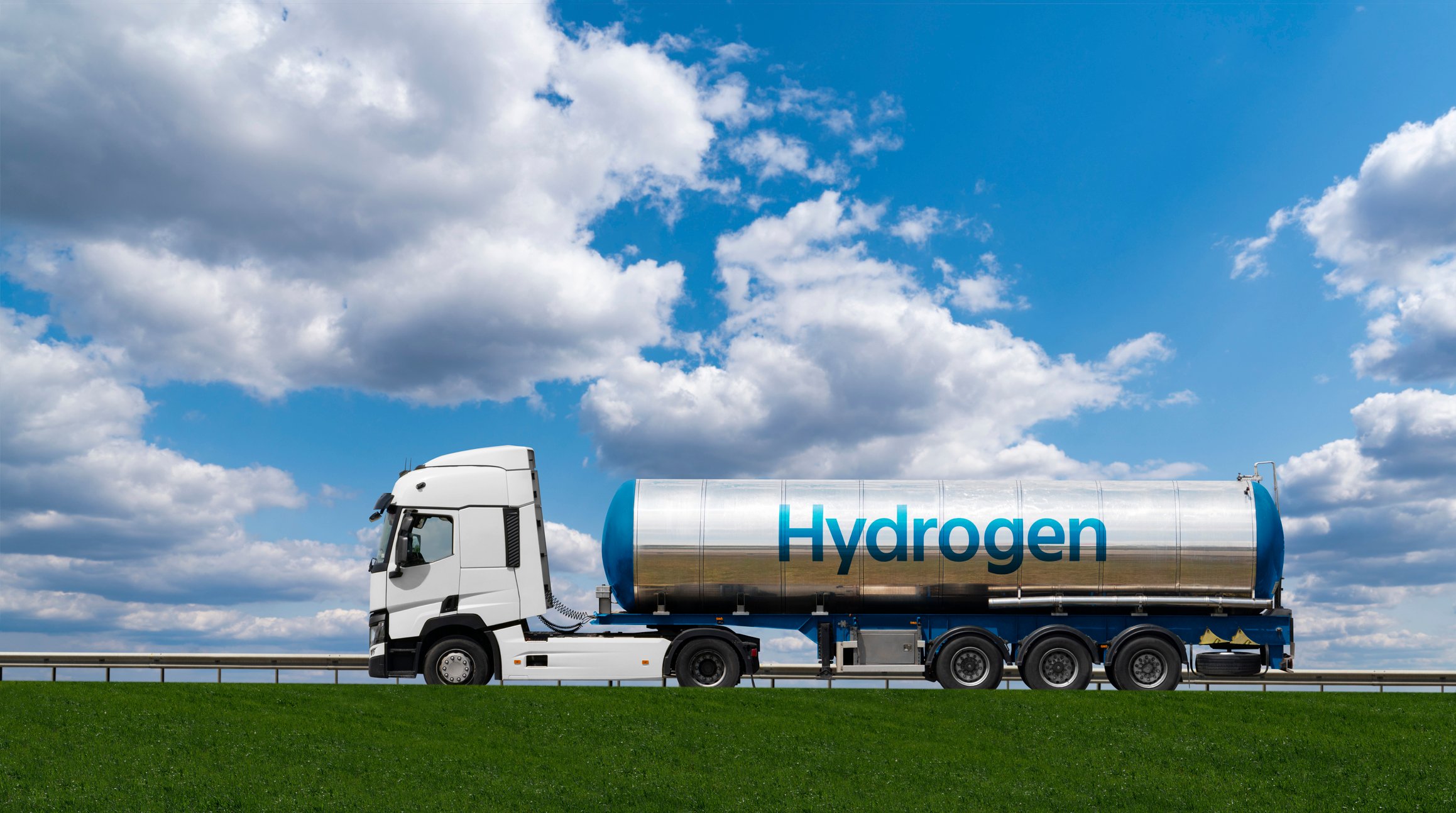
Image source: Getty Images.
High costs and inflexibility may be existential threats to the continued deployment of traditional nuclear reactors, but many nuclear-power leaders are optimistic that advanced nuclear reactor designs accompanied by lower costs and flexible-use capabilities are the future. And, as we shall soon see, they may just be right.
General Electric (GE +2.27%), together with its nuclear partner Hitachi, has spent years developing a Generation IV reactor named PRISM. Of all next-generation designs under development worldwide, it's probably the closest to licensing and commercialization, which may be especially true now that Southern Company (SO 0.24%) jumped on the bandwagon to help bring the reactor to market.
The news went relatively unnoticed under an avalanche of election coverage, but the collaboration could mark a significant milestone for the future of nuclear power -- and the disposal of nuclear wastes piling up across the United States.
Advanced nuclear power coming to a grid near you?
PRISM is a small modular reactor, or SMR, with several unique capabilities baked into its design.
It's smaller than a traditional nuclear reactor, so it can be manufactured and partially assembled in a factory before being shipped to site for installation, greatly reducing costs for deployment (a major obstacle facing traditional nuclear reactors). It boasts a passive safety system that automatically shuts down the reactor if the temperature rises to a certain level, essentially making it meltdown proof. The fission reaction itself triggers the shutdown. And as a fast reactor, PRISM more fully uses the energy available in nuclear fuels -- 95% of which is untapped by traditional nuclear reactors.
That last point has General Electric Hitachi and Southern Company particularly excited about the potential for PRISM. It means a smaller design could generate more power on the basis of its footprint. It also means the reactor could generate electricity from used nuclear fuel, more commonly referred to as nuclear waste, while reducing the total volume of that waste by roughly 96%. That could offer the best disposal solution for the 38 states holding onto nuclear waste stockpiles.
Here's a quote from the press release announcing the new collaboration:
"According to an analysis performed by GEH, which assumes a quantity of 178,000 metric tons of nuclear material contained in used fuel stocks worldwide, by using PRISM technology on a commercialized basis, all the world's used fuel could eventually be consumed while at the same time providing enough clean, carbon-free energy to power all global households, (estimated at approximately 1.6 billion living units) for as long as 200 years, based on a per-household consumption of 3,400 kWh/year."
It sounds too good to be true, but let's restate that: PRISM reactors could power the planet for 200 years using nuclear waste as the only fuel source. I believe that's the definition of a game-changer.
Before we get giddy with excitement it's important to state an obvious point. General Electric Hitachi and Southern Company have yet to gain approval from national or international regulatory bodies that are required to begin licensing PRISM to nuclear power plant operators. That may have played a role in the United Kingdom's decision to overlook the reactor as the preferred solution for disposing the nation's plutonium stockpiles. But both companies are confident that the design will eventually gain approval. Again, they may be right.
PRISM is based on a prototype design that operated at Argonne National Laboratory for 30 years. That provides a lot of data for regulatory bodies to consider, which bodes well for the chances at approval. That's also great news for the global pipeline of advanced nuclear reactors under development. Why? There's still some uncertainty regarding how best to move forward with approving novel reactor designs based on preliminary data -- some of which is based on advanced supercomputer simulations. If PRISM can serve as a bridge for the entire field, then the global power industry could look quite different 20 or 30 years from now.
What does it mean for investors?
While no official timeline has been established for eventual expected approval of PRISM, the earliest estimates say the advanced reactor design could be operating somewhere in the world by the end of the 2020's. That makes the news a non-starter for investors in General Electric, Hitachi, and Southern Company in the near term, but certainly a very important development for the long-term health and growth of the companies.







